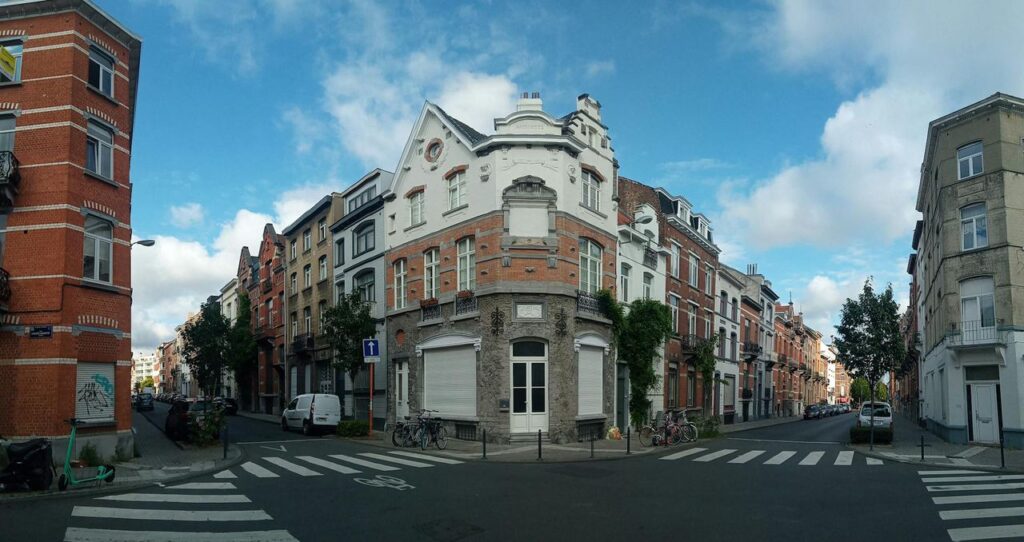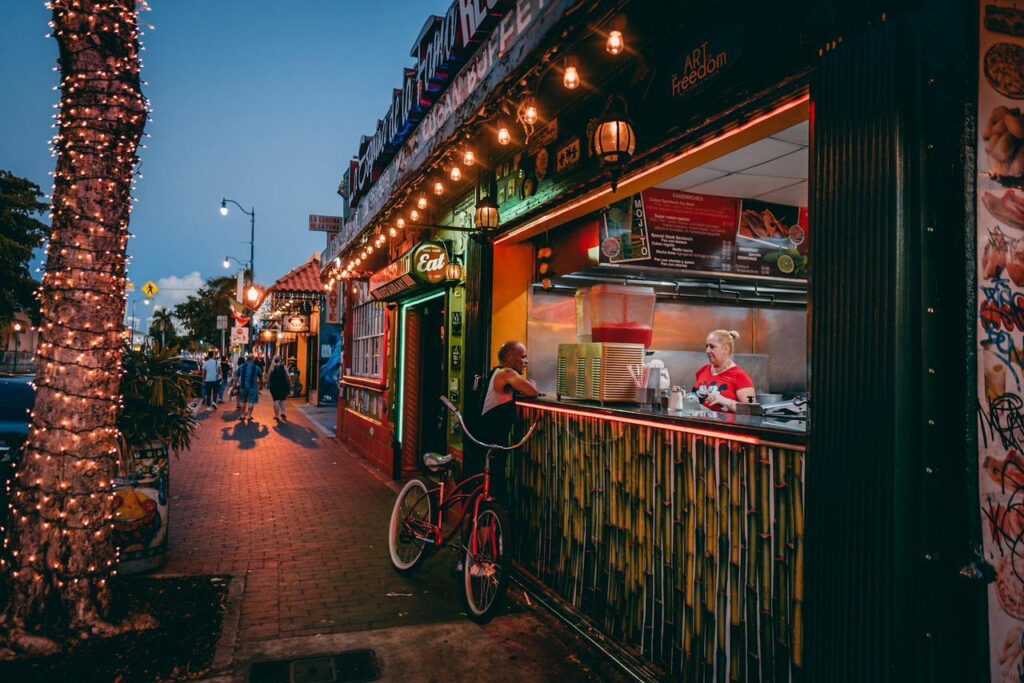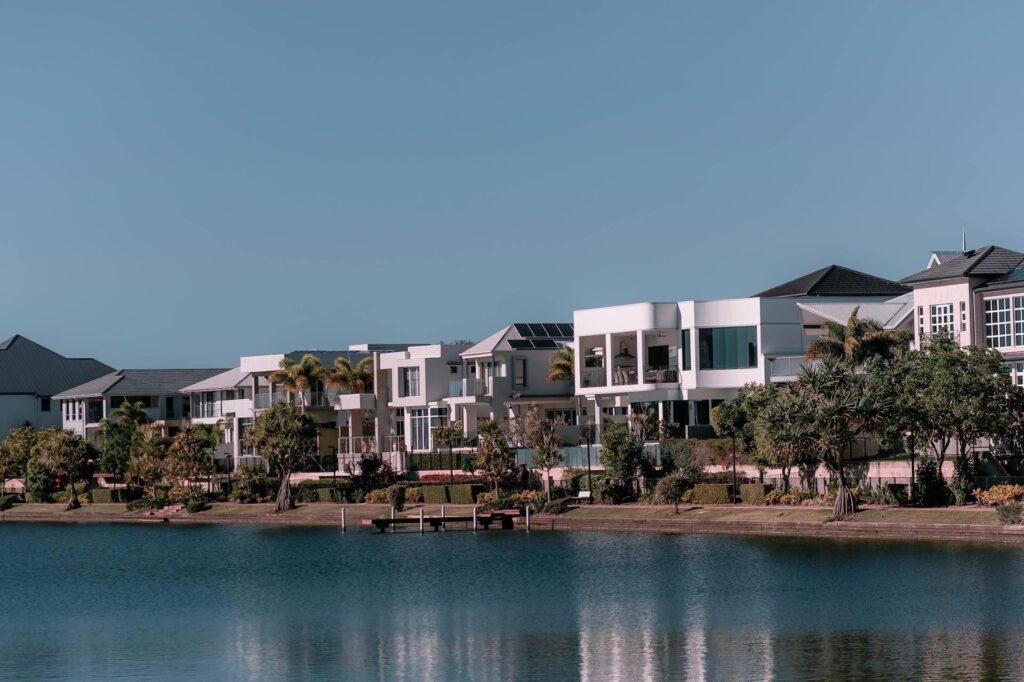Miami is one of the most exciting cities in the United States, but for families, excitement alone is not enough. Choosing the right neighborhood can make the difference between a smooth daily routine and constant stress. Families want more than just a house; they want safe streets, quality schools, convenient amenities, and a sense of community.
With its mix of historic neighborhoods, modern developments, and suburban escapes, Miami offers many options for families in 2025. The key is understanding what makes a neighborhood family-friendly, the trade-offs of each area, and the long-term outlook for raising children in a city shaped by culture, climate, and rapid growth.
What Makes a Neighborhood “Family-Friendly”?
Features That Matter
Family-friendly neighborhoods are those that help both parents and children thrive. Features often include safe streets, good schools, walkability, parks, recreational options, and healthcare access. Housing affordability and space are also crucial.
Why This Matters in Miami
In Miami, these factors are magnified by challenges like traffic congestion, storm risks, and rising housing costs. Families must balance lifestyle desires with practical realities, such as commute times and school zoning, to ensure they make the right choice.

Top Neighborhoods to Consider for Families
Pinecrest
Pinecrest is known for its large homes, quiet streets, and top-rated schools. Families are attracted to Pinecrest Gardens, excellent community programs, and strong local pride. However, homes are expensive, and property taxes are higher than average. Pinecrest works best for families who value education, space, and stability above cost.
Coral Gables
Coral Gables combines historic charm with modern amenities. Its tree-lined streets, cultural institutions, and access to private schools make it one of Miami’s most desirable neighborhoods. Parents who want walkability and community engagement thrive here. The drawback is price: homes in Coral Gables are competitive, with smaller lots than suburban areas like Kendall.
Coconut Grove
Coconut Grove offers waterfront access, rich history, and a creative culture. Families appreciate its parks, excellent schools, and neighborhood feel. Yet, traffic congestion and high housing costs are challenges. Families who want both lifestyle and legacy often see Coconut Grove as the best option despite the trade-offs.
Key Biscayne
This island community is one of Miami’s most exclusive family hubs. Families love its beaches, bike paths, and excellent schools, along with its reputation for safety. The cost, however, is among the highest in Miami, and commuting downtown requires crossing the Rickenbacker Causeway. Families prioritizing security and outdoor living will find Key Biscayne appealing.
Kendall
Kendall offers affordability and space, making it popular with families seeking suburban lifestyles within Miami-Dade. There are strong schools, shopping options, and healthcare facilities. But the reliance on cars and long commutes to downtown are major trade-offs. Families who need value without luxury often choose Kendall.
Weston (Just Outside Miami-Dade)
Weston is consistently ranked among the best places for families in South Florida. Although it sits outside Miami-Dade, its master-planned design, excellent schools, and reputation for safety make it worth considering. The downside is the commute into Miami, which can be long. Families willing to sacrifice proximity for suburban tranquility often choose Weston.
Doral
Doral has grown rapidly into a family-focused community. Its schools, parks, and modern housing developments attract young families. Housing is more affordable than in Coral Gables or Coconut Grove, but traffic can be a problem given its proximity to Miami International Airport. For families seeking growth and opportunity, Doral is a top contender.
Palmetto Bay
Nicknamed “the village of parks,” Palmetto Bay offers a suburban lifestyle with excellent public schools and spacious homes. It is quieter than many Miami neighborhoods but still connected enough for convenience. Rising home prices and relative isolation are considerations, but for families who want both peace and practicality, Palmetto Bay is an excellent choice.
Things to Watch Out For and Ask Yourself
Flooding and Climate Risk
Miami faces long-term challenges from flooding, storm surge, and sea-level rise. Families must evaluate a neighborhood’s resilience before committing. Resources like Miami-Dade’s climate resilience programs provide data on vulnerable areas.
Traffic and Commute Times
Traffic in Miami is a constant challenge. Families should prioritize neighborhoods with commutes that fit their daily routine, as long travel times can reduce quality family time.
Cost vs Space Trade-Off
Some neighborhoods, like Pinecrest or Key Biscayne, offer unmatched schools and amenities but come with high costs. Areas like Kendall or Doral provide more space for less money but require longer commutes. Families must weigh these trade-offs based on their priorities.

Changing Neighborhood Dynamics
Miami is evolving quickly, with areas like Doral and Coconut Grove seeing rapid development. This growth creates opportunities but may also change a neighborhood’s character. Families should consider whether they want stability or are comfortable with change.
School Zoning and Education Quality
Public school zoning has a major impact on family decisions. Pinecrest and Palmetto Bay are strong for public education, while Coral Gables and Coconut Grove offer excellent private options. Researching Miami-Dade school ratings is essential before moving.
Amenities That Fit Your Family
Every family has different priorities. Some may prefer walkable neighborhoods with cultural amenities, while others prioritize quiet streets and access to nature. Parents should list what matters most to their household before choosing.
Conclusion
The best neighborhood in Miami for families depends on balancing lifestyle, affordability, commute, and long-term stability. Pinecrest, Coral Gables, Coconut Grove, and Key Biscayne offer prestige and strong schools, while Kendall, Doral, and Palmetto Bay deliver affordability and family space. Weston, though outside Miami-Dade, remains a favorite for families seeking master-planned living.
Choosing the right area means weighing both current needs and future challenges, from school zoning to climate resilience. Families that take time to visit neighborhoods, connect with residents, and think through trade-offs will find the community that supports their lifestyle and long-term goals.
For more on choosing the right place to settle, see our detailed guide on how to work with contractors without getting overcharged, which provides budgeting insights that apply directly to homebuying decisions. Families also considering long-term property investments can explore our breakdown of owner financing and why it’s a game-changer.


